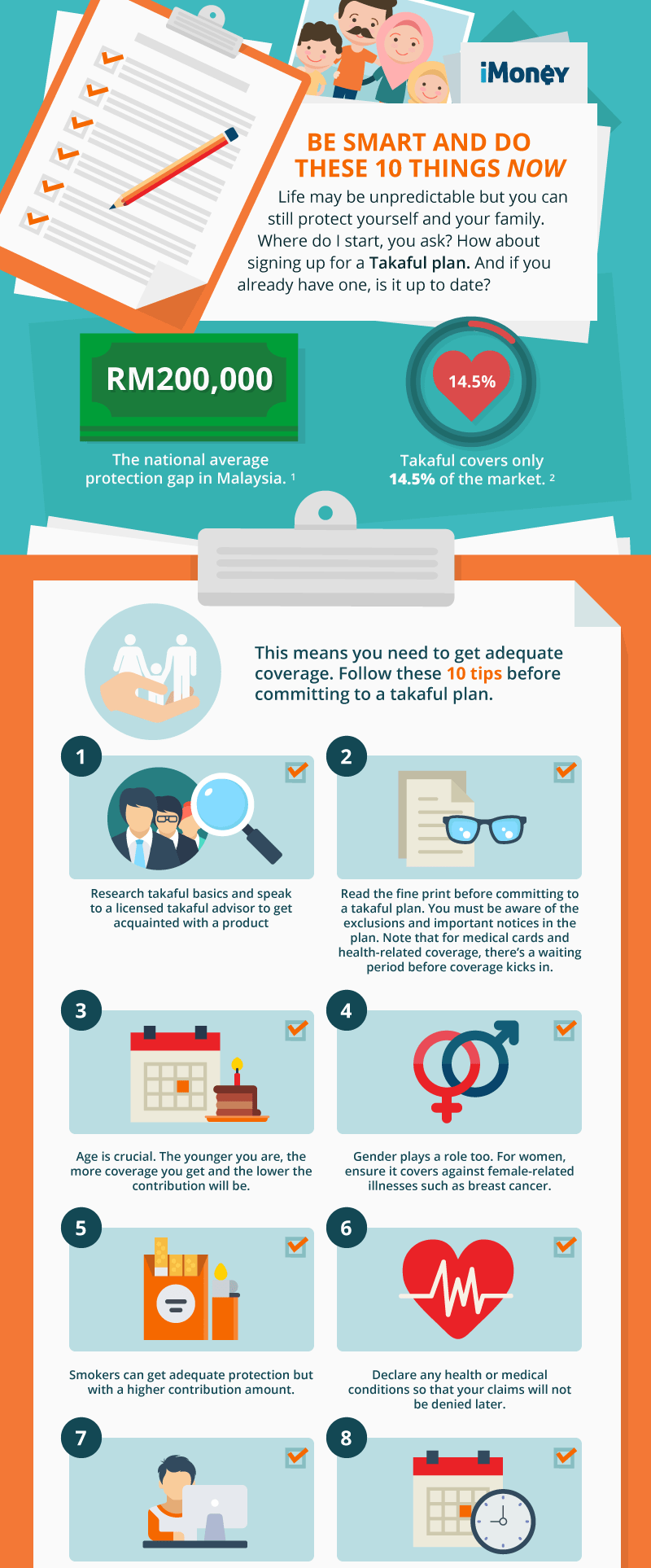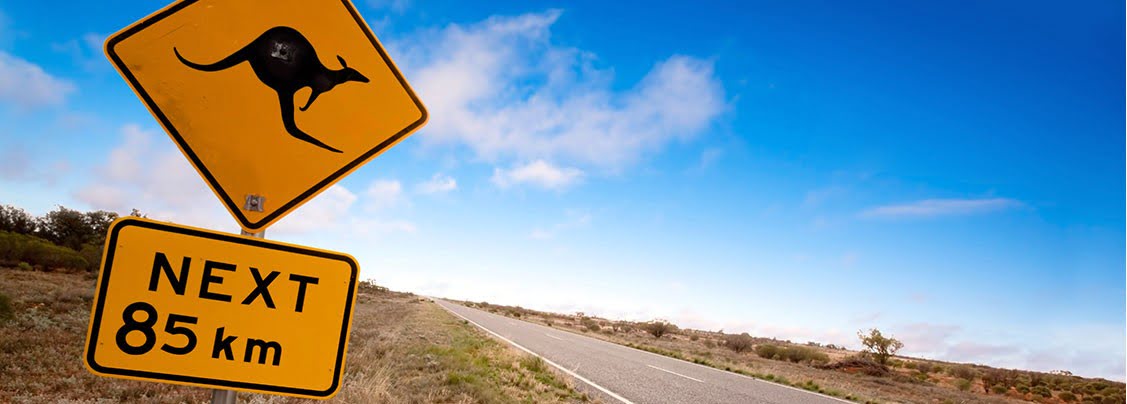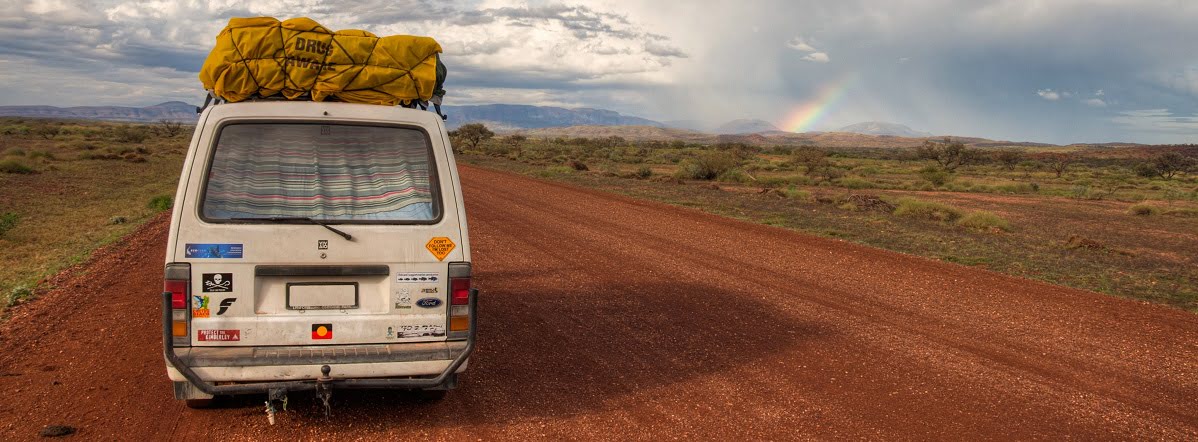Your credit card can be a valuable financial tool, but how familiar are you with its fees and charges? Start learning these credit card fees that you may not know about and how you can avoid them!
It’s no secret that a credit card is one of the most convenient financial tools anyone can have. The unassuming plastic card allows you to make speedy online and offline purchases at almost every retailer in the world (at least those that accept your credit card provider), as well as giving you an interest-free payment period for up to 20 days, depending on your credit card provider (as long as you do not have any outstanding balance from the previous month).

But of course, all these benefits come with fees and charges. Some are more well-known than the others, so here is a list of the lesser known credit card fees.

Physical Statement Fee
There is a fee every time you receive your physical (paper) statement? No kidding! But the truth is, more and more banks are encouraging their patrons to opt for paperless e-statement in an effort to protect the environment, hence the reason why banks are charging a fee for physical statements.
If you’re still receiving physical statements every month, now would be a good time for you to switch to the eco-friendlier (and cheaper) e-statement. You can contact your credit card provider’s customer service or simply login to your online banking to make the switch.
Late Payment Fee
Although late payment fee is among the better-known fees, many are unaware as to how financially damaging it is to miss or delay credit card payments. Most credit card providers charge a minimum of 1% from your outstanding amount whenever you miss your credit card payment due date, and it’s usually capped at RM100.
So, if your outstanding amount is RM3,000 and you make your credit card payment after the given due date, you’ll need to fork out an extra RM30 for the late payment fee!
Fortunately for you, certain credit cards such as Citi Simplicity+ card does not impose late payment fees at all! However, do keep in mind that any late payment will be charged interest and even recorded in your credit history - which may hurt your chance of getting credit facilities in the future.


Interest on 0% Interest Instalment plans
Easy Payment Plans (EPP) and 0% instalment plans are two of the best advantages of having a credit card. These plans allow you to convert your big purchases to an interest-free instalment plan within an agreed-upon period of time (again, as long as there’s no outstanding balance from the previous month’s statement). It’s a great perk to have for when you finally decide to purchase that brand-new laptop you’ve been eyeing for months.
But, bear in mind that if you make so much as one slip up with your instalments, you can wave goodbye to all the perks of the 0% interest instalment plan. Instead, say hello to your standard interest rate (which ranges between 15% to 18%). The outstanding amount from your instalment plan will automatically be charged a standard interest rate on your next statement, which can’t be good for your finances.
Annual Fee
With most credit cards offering waiver for the first year to new credit cardholders, not everyone would remember that their card does come with annual fees until the second year, which sparks some discontent among the new cardholders.
It stands to reason that credit cards with zero annual fees would be the better option for anyone with savings in their mind. Citi Simplicity+ card would be perfect for those who are looking for an all-around budget credit card, as it doesn’t charge annual fees at all!

Over Limit Fee
There are times when you need to incur unforeseen expenses, which normally end up in you exceeding your credit limit. Each time you max out your credit card and the outstanding amount exceeds your credit limit, you’ll be charged an over-the-limit fee. This fee will continue to charge your account until your outstanding balance is lower than your credit limit.
The simpler solution to avoid over limit fees is of course by applying for the Citi Simplicity+, which comes with zero over limit fees.
All of these fees may seem hefty to you, but with a good planning and financial management, you can enjoy the many benefits of being a credit cardholder while avoiding these fees! Also, remember to go through the fine print on your credit card agreement before signing anything. A little extra information can go a long way towards saving you from any frustrations and money issues later.
If you are budget conscious and looking for a card with low fee charged, the new Citi Simplicity+ card is recommended and best suited for you. The card keeps it simple with no annual fee, late fee and over limit fee.






